Ah. The question that plagues every coffee-loving person in the world. Cappuccino vs. latte?
All java lovers know there’s nothing like the creamy frothiness of these drinks.
Unfortunately, asking someone to choose between them can cause problems. Some people can become downright volatile.
Some insist cappuccinos are the only way to go.
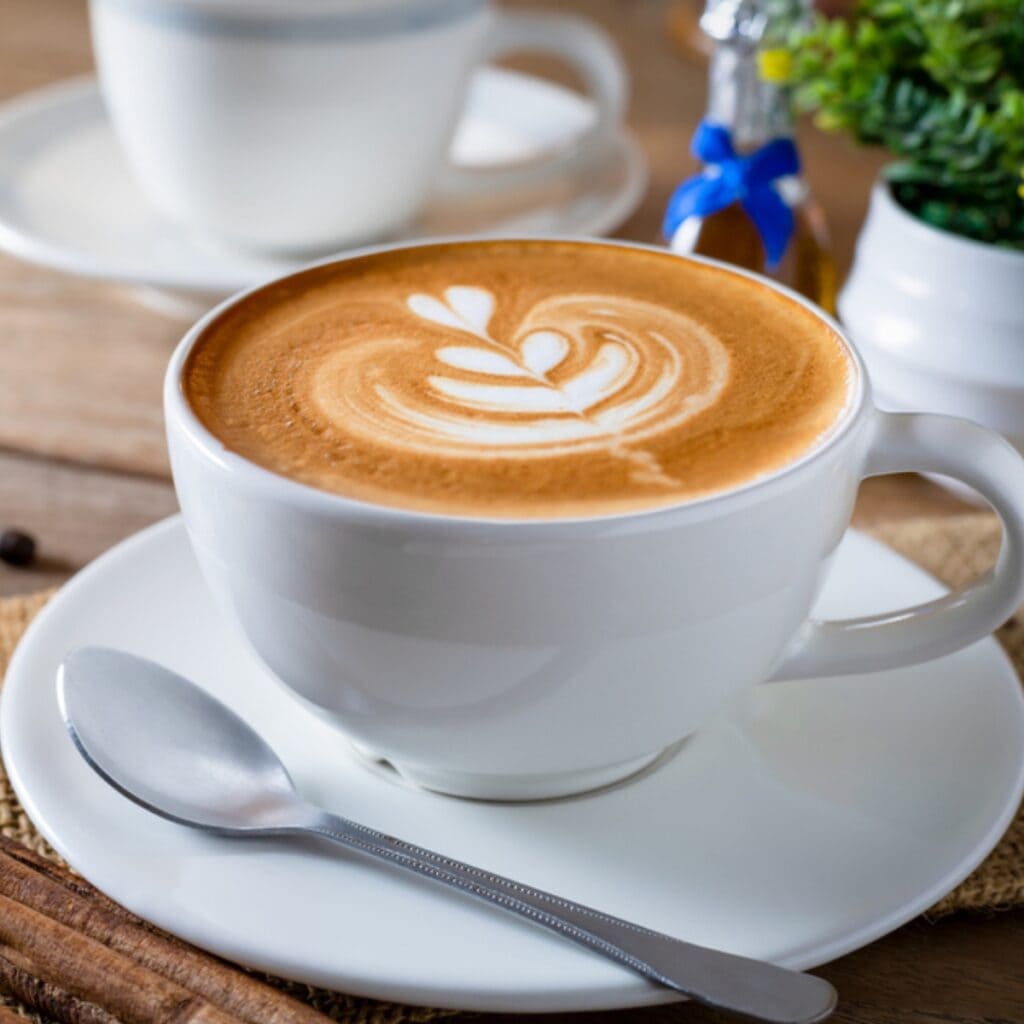
Then, there are those on the other side of the fence.
They’re adamant that lattes are the superior coffee drink. Personally, I think they’re both wonderful.
But let’s take some time today to really highlight their differences.
We’ll talk about what each drink is and its origins.
And we’ll finally see if we can definitively find out which one is best.
Cappuccino vs. Latte (What’s the Difference?)
Regardless of which you prefer, cappuccinos and lattes are two different drinks.
Yes, they’re both mixtures of espresso and milk. They’re also both brown and somewhat sweet.
However, if you dig a little deeper, you’ll find some key differences between them. Let’s look at the most significant ones.
1. The Milk-to-Coffee Ratio
Lattes contain more milk than cappuccinos. Period. A latte’s milk-to-coffee ratio is much more balanced than a cappuccino’s.
Additionally, the milk’s texture is different in each drink.
For lattes, you’ll add steamed milk. The milk in cappuccinos, on the other hand, is much frothier.
(It, too, is steamed. But its frothiness gives it a totally different texture.)
Because they have less milk, cappuccinos have a more robust coffee flavor than lattes.
This is strictly due to the amount of milk in each drink, though. They both use the same amount of espresso.
2. The Level of Sweetness
Do you like to dump a ton of sugar in your coffee drinks? Yeah, me too.
It might surprise you to know, then, that typically, neither drink is sweetened.
However, the process of steaming milk makes it taste sweeter.
And since lattes have more milk than cappuccinos, they’re naturally the sweeter drink.
3. Nutritional Info
Neither drink is noticeably healthier than the other.
However, lattes do contain more fat and calories. Again, this is because they have more milk.
The higher the milk content = the more calories, fat, and carbs
It’s as simple as that.
4. Their Appearance
Lattes often come with a pretty design on the top. Cappuccinos usually have too much froth on top for that.
Therefore, there’s a noticeable difference in how the two drinks look.
Aesthetically, cappuccinos are also pretty. They feature three distinct layers, easily identifiable at a glance.
As you can see, all the primary differences between the two drinks can be traced to the milk.
Everything, including the cappuccino’s lack of art, has to do with how much milk each drink has and how frothy it is.
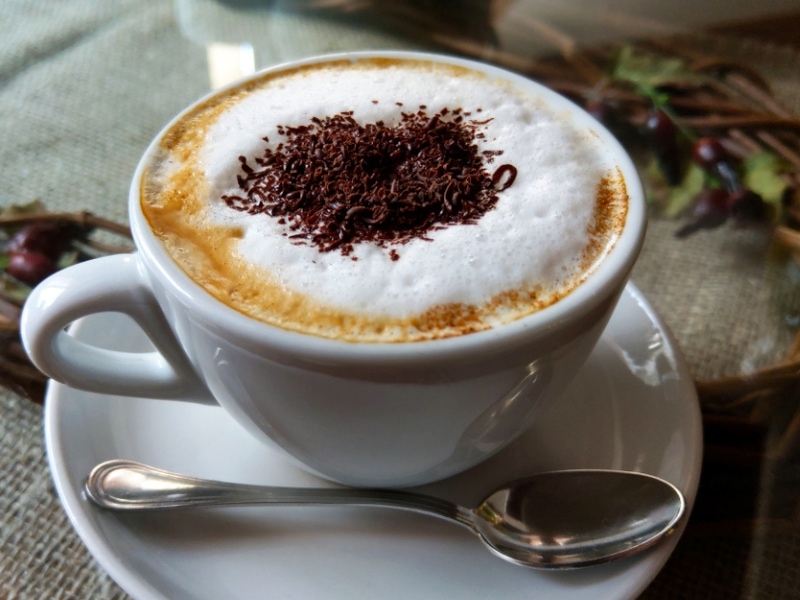
What Is a Cappuccino?
Here’s the first thing you need to know about these drinks.
The authentic versions are slightly different from the ones Starbucks serves.
So, the rest of this article will talk about authentic cappuccinos and lattes. Let’s start with the cappuccino.
Traditionally, they have an espresso-to-milk ratio of 25 milliliters to 100 milliliters.
Baristas make them in espresso machines, and the drinks have three distinct layers.
The first is a layer of espresso, followed by a hot milk layer with frothy foam on top.
Depending on the mug, these layers aren’t always visible. But they break the drink into equal thirds.
Origins of the Cappuccino
The etymology of the word cappuccino is pretty interesting. Most experts believe it references 16th-century Capuchin friars.
These friars wore coffee-colored brown robes.
They also sported cappucios, or long habits. (Google ‘Capuchin friars,’ and you’ll quickly understand the connection.)
In reference to the coffee- and milk-heavy beverages, the Austrians were the first to use the term.
They referred to kapuziner (the German translation) as coffee drinks with whipped cream.
The cappuccino as we know it became famous after Italian mechanic Luigi Bezzera patented the espresso machine.
The drink really took off in the 1950s.
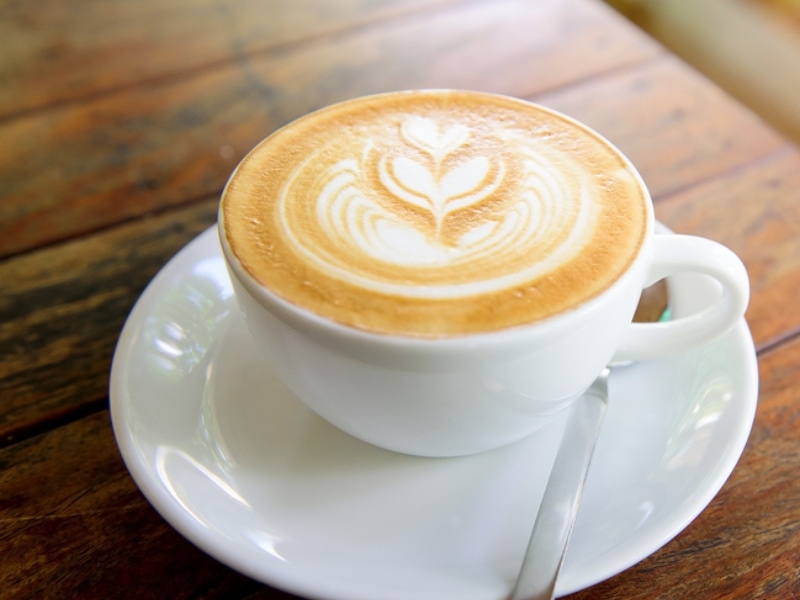
What Is a Latte?
Lattes, known initially as caffè lattes, are another popular Italian drink.
Like cappuccinos, they combine espresso and steamed milk.
As already mentioned, however, lattes have much more milk.
Most latte cups are about 2/3rds milk and 1/3rd espresso with some milk foam on top. They’re often decorated, as well.
Origins of the Latte
Believe it or not, the latte didn’t necessarily originate in Italy. Instead, California barista Lino Meiorin insisted he invented the drink in the 1950s.
According to his story, its creation was almost an accident.
His customers were complaining that his cappuccinos were too strong for their tastes. So, he added more milk, and the latte was born.
Maybe.
Another origin of the word latte dates back a little earlier, specifically to 1867.
Playwright William Dean Howells talked about drinking a latte in his Italian Journeys.
Most coffee enthusiasts today think the drink he raved about was more similar to a café au lait.
However they came about, there’s no denying that lattes are an essential coffee drink.
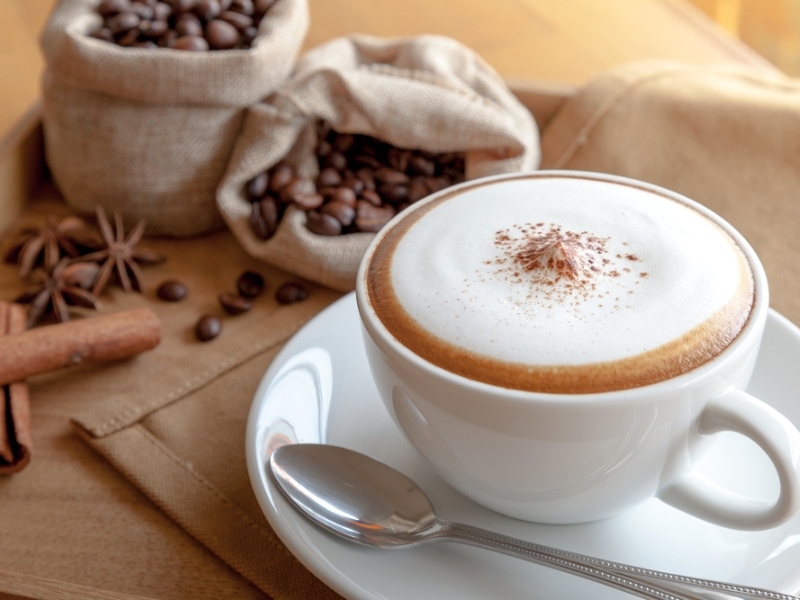
Cappuccino vs. Latte (Which Is Better?)
Earlier, I said we’d see if we could definitively determine which coffee drink is the best.
And if you want my answer on the subject, it’s the latte.
While both are delicious, I’m a sucker for a latte’s extra sweetness.
Unfortunately, my opinion doesn’t answer anything definitively.
So, here’s my advice.
If you like coffee’s robust, slightly bitter taste, order the cappuccino.
If you prefer something a little sweeter and with more milk, go with the latte.
Either way, you’ll get a caffeine boost and a rich, warm flavor. You really can’t go wrong with either option.
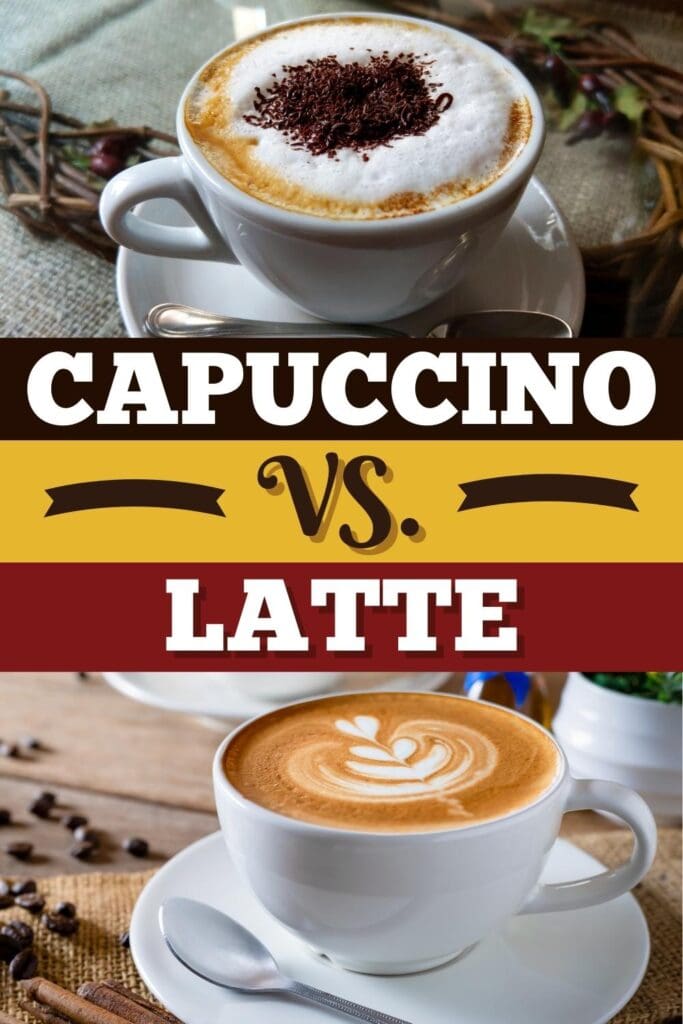

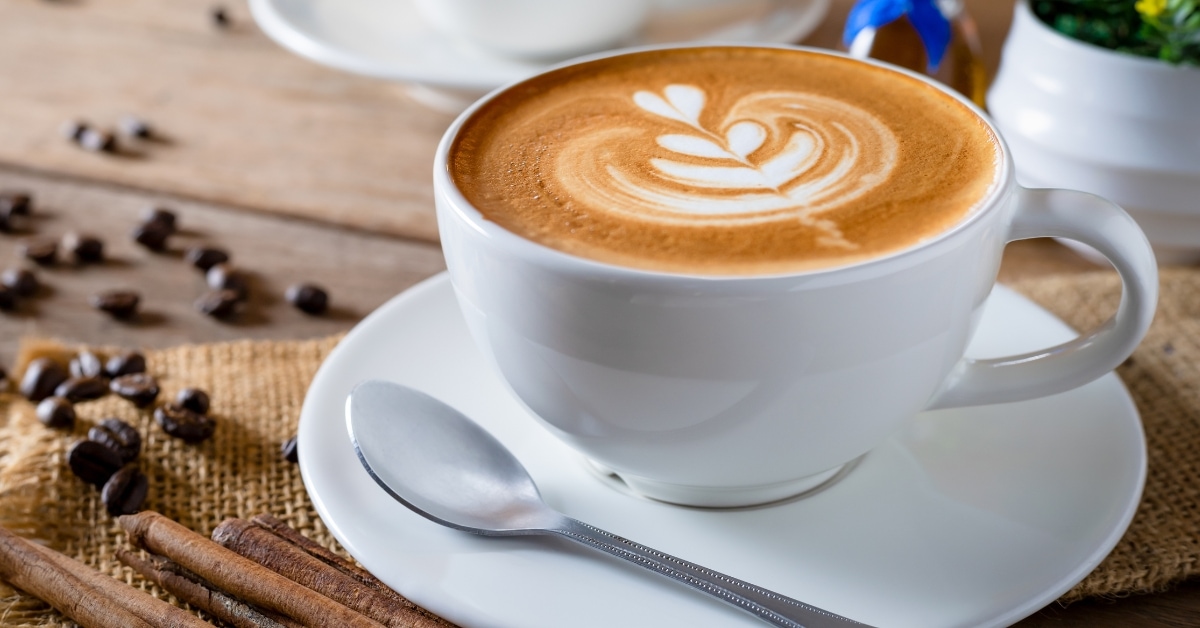


First I’m impressed. And I don’t believe I have been to this site before. But the way that you explained the Korean appetizer’s. And how you gave the answer for what you have determined too. Was refreshing because I felt your answers were natural too. I now will go to iPad in notes. Saying that this seems to be a site that’s not one type of cooking style
, And you talk the language of people that can cook too!
Thanks, Vinny Sapochetti
Thanks so much for the kind words, Vinny! I appreciate it.
I enjoyed your article about latte v. cappuccino. Please explain about steamed milk. Is the milk just warmed on the stove?
Hi Shirley!
Steamed milk is usually made by passing hot air through the milk in a jug. It then foams up and becomes creamy.
To do this without a steamer:
1. Measure some milk into a glass jar with a tight-fitting lid.
2. Secure the lid and shake well, until the milk becomes frothy.
3. Remove the lid and microwave until warm.
You can then pour in the hot milk and spoon the foam on top 🙂
Another option is to warm the milk (in the microwave or on the stove), then use a milk frother to get the foam.
Hope this helps!